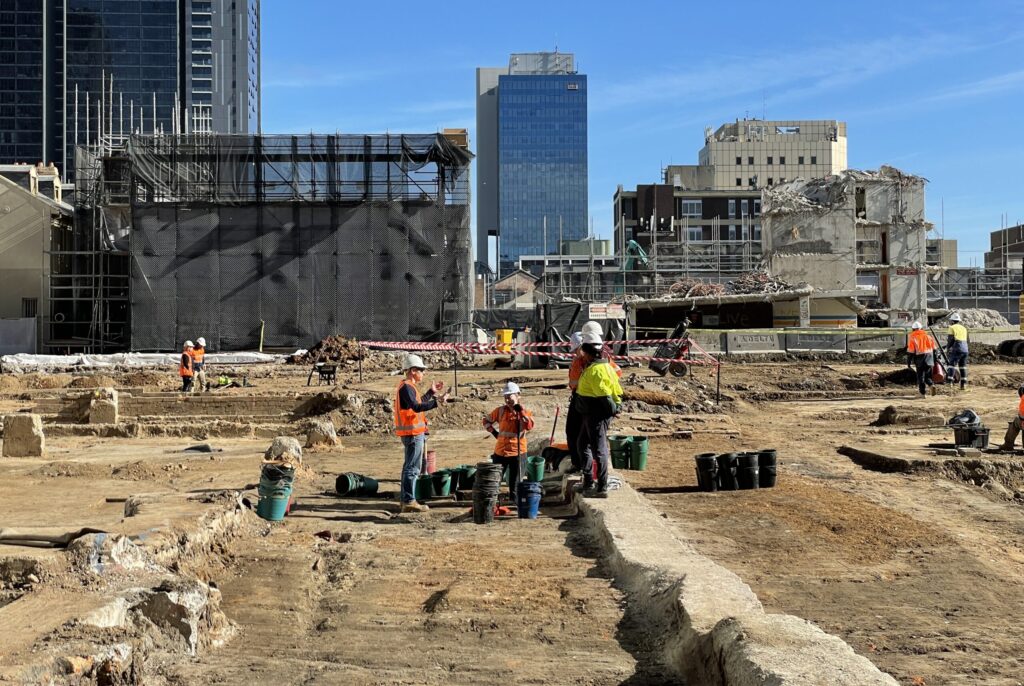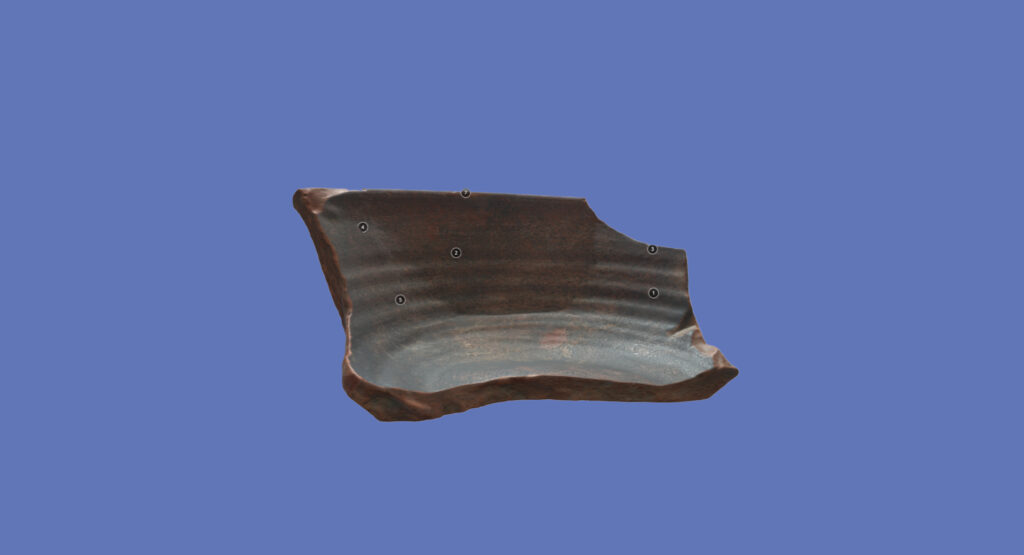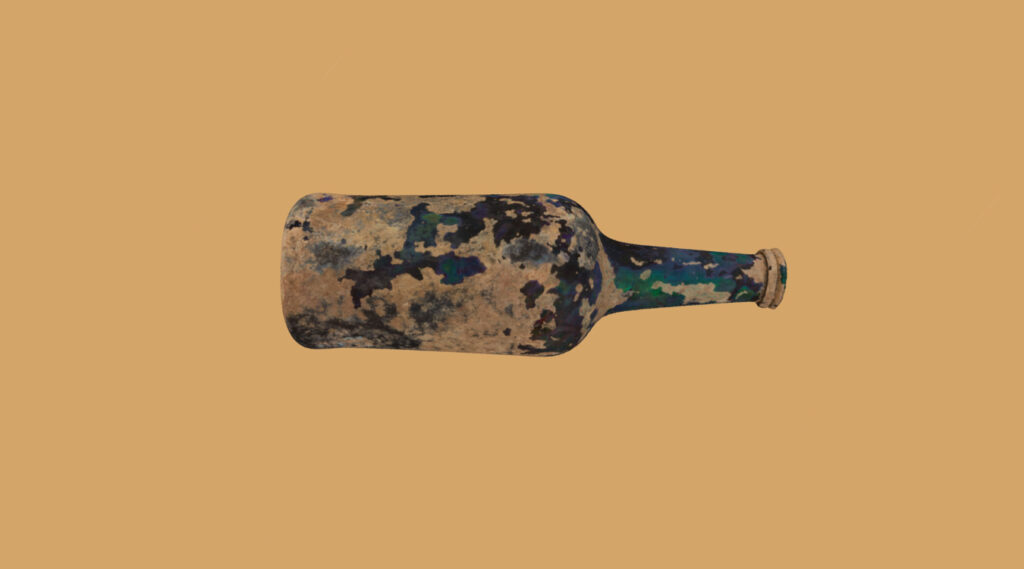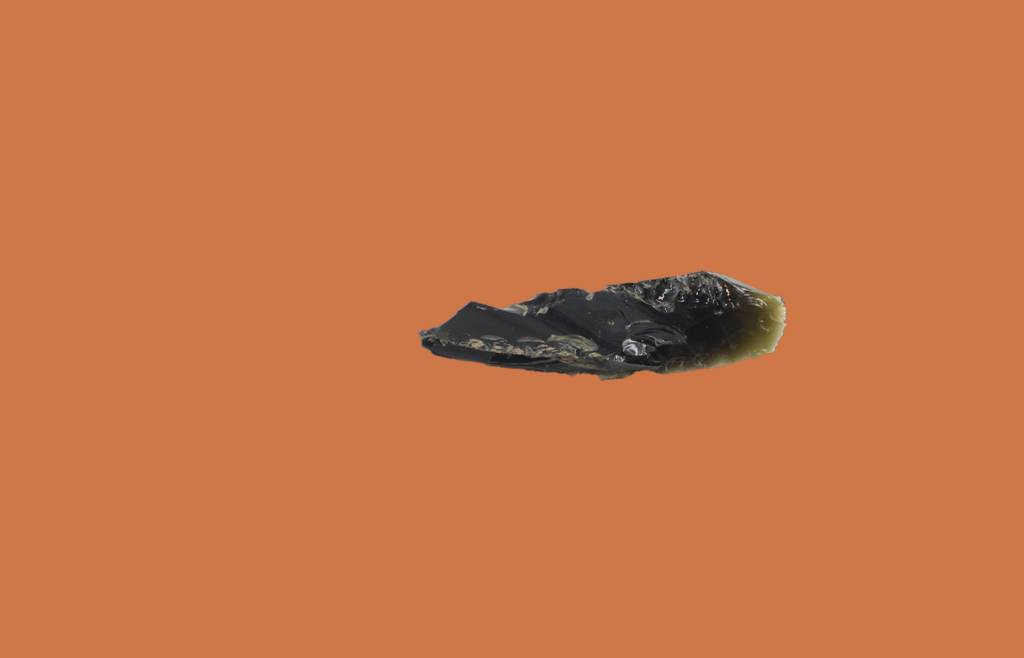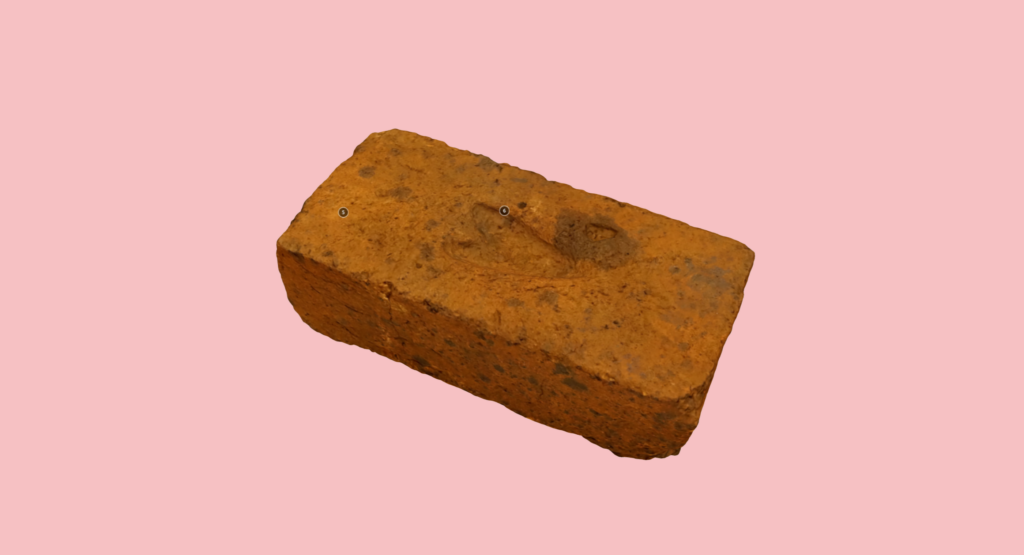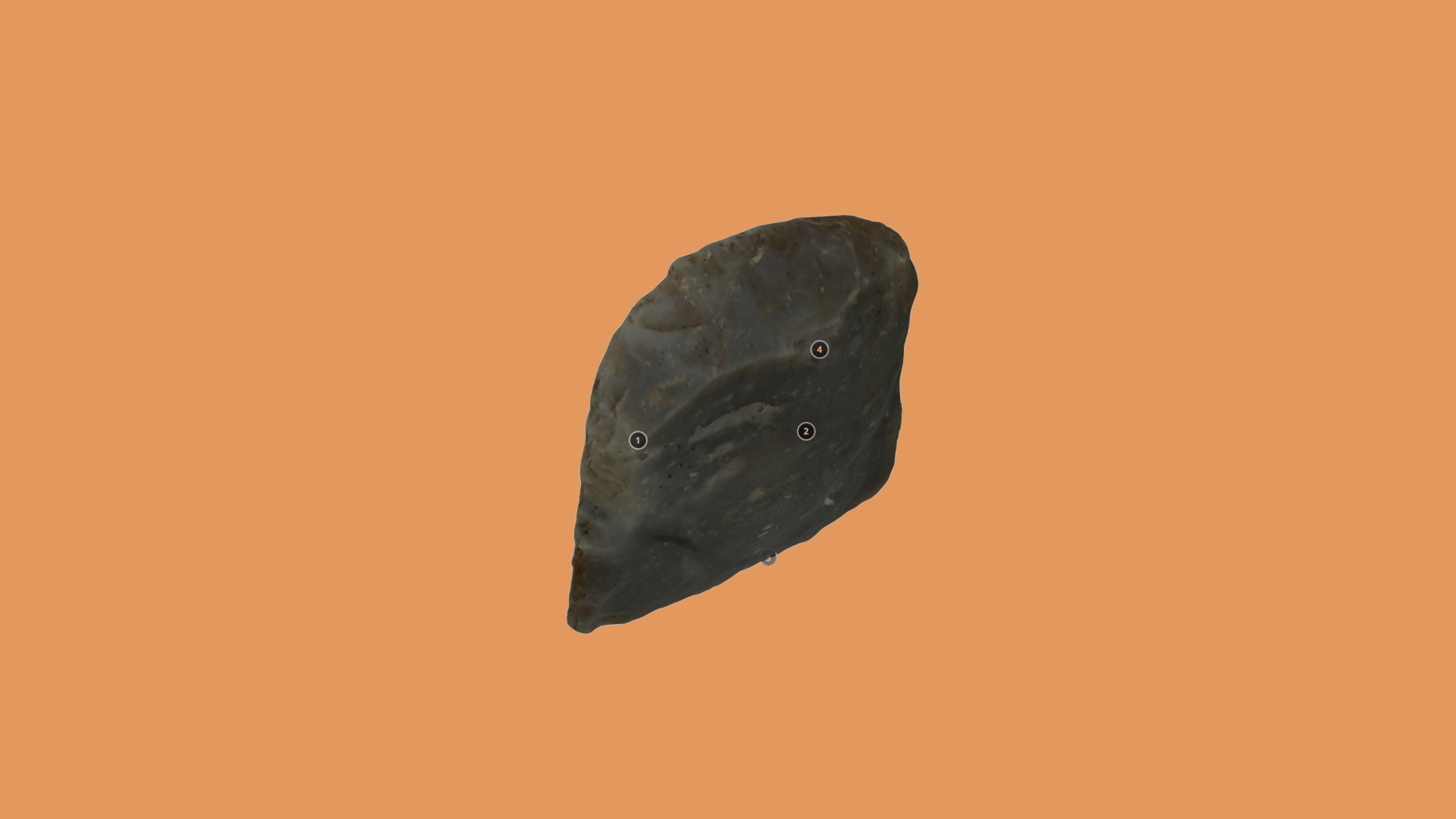
Strike a light!
As part of National Archaeology Week, GML's team of archaeologists are sharing some of the First Nations and historical artefacts that they have uncovered in the field.
Gun flint
The soldiers who were sent to Australia in the earliest years of colonisation were provided with the tools and materials to police the convict population, which included handmade gun flints like this one.
The flint was secured into a moving ‘hammer’ and hit against a small, flat pan at the back of the gun barrel to create a spark which would ignite the gunpowder and propel a lead ‘shot’ (bullet).
Used in the rifles and pistols of British soldiers during the late eighteenth century, many early gun flints like this one were often made in France and imported to Australia. This became a problem when England went to war with Napoleon as France stopped their export in the 1790s. This caused England to develop a massive new industry around the town of Brandon almost overnight! During the peak of the Napoleonic wars (1803-1815) the workshops in Brandon could produce over a million gun flints in a month.
Flints were ‘knapped’ from either stone ‘blades’ or ‘spalls’ (a small piece of flint flaked from a larger stone), Their size and quality can sometimes indicate where and when they were made. This example is a slightly translucent, grey ‘D’ shape.
Scroll over the 3D image below and click on the annotations to explore more of the technical features that archaeologists use to identify artefacts like this one.
